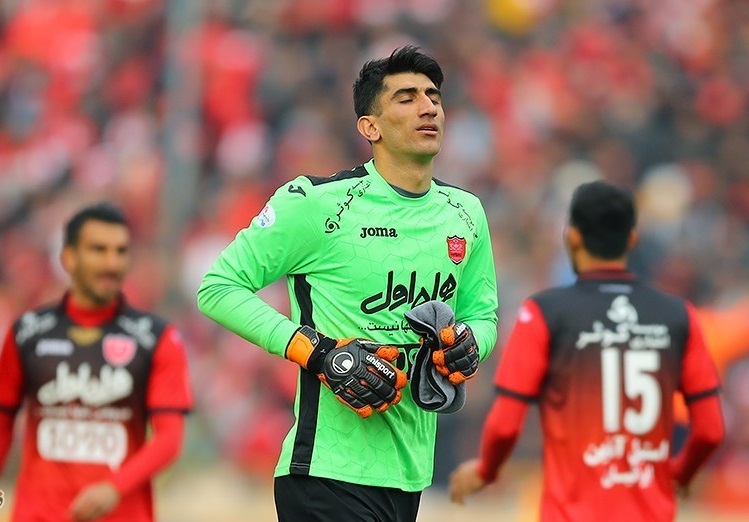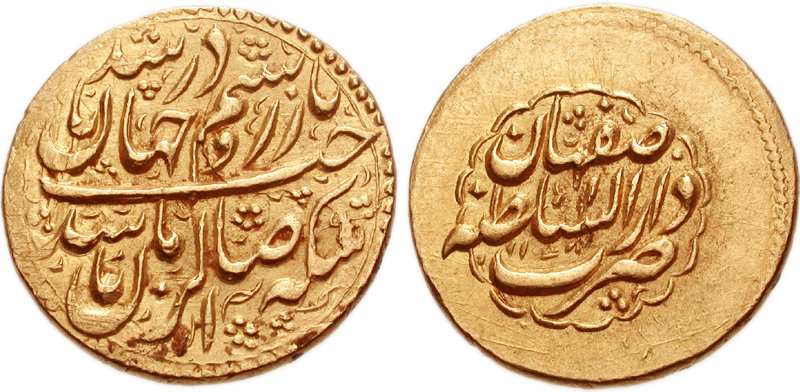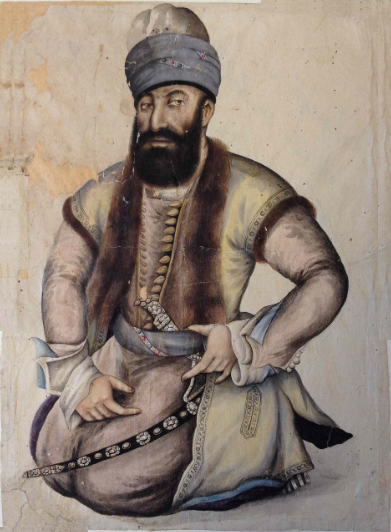|
Lak People (Iran)
Lak or Laki () is a Kurdish tribe native to southwestern Iran. They speak Laki, which is considered a Kurdish dialect by most linguists. However, the Laks firmly identify with the Lurs, and this is especially pronounced amongst the Laks of Iran's Lorestan Province. Laks inhabit a large part of Lorestan Province where they constitute over 65% of the population and most of the eastern regions of the neighboring province of Kermanshah, and some parts of western Ilam province (Poshte-Kuhi Laks). The area to the east of Mount Kabir is known as Pishe-Kuh, and west of the mountain is known as Poshte-Kuh. Origins Vladimir Minorsky, who wrote the entry "Lak" in the first edition of the Encyclopaedia of Islam, referred to the Lak as "the most southern group of Kurd tribes in Persia" and stated that their language has the characteristics of Kurdish. Some of the Lak tribes living in Lorestān Province live among Lur tribes, and have assimilated over time toward a Lur identity. Although ... [...More Info...] [...Related Items...] OR: [Wikipedia] [Google] [Baidu] |
Laks (Caucasus)
The Laks (self-designation: Lak) are a Northeast Caucasian ethnic group native to an inland region known as ''Lakia'' within Dagestan in the North Caucasus. They speak the Lak language. Laks historically live in the Lakskiy and Kulinskiy districts of Dagestan. This ethnocultural area is known as Lakia. There are about 200,000 ethnic Laks in the world. Ethnonym The word "Lak" is the self-designation of the Lak people as in Lak expressions: "zhu Lak buru" — we are Lak; "zhu Lakral khalq buru" — we are Lak people; "Laktal" — Laks; "Lakssa" — Lakian, Laks, Lak man; "Lakkuchu" — Lakian man; "Lakku maz" — Lakian language; "Lakkuy" — Lakia; "Lakral kanu" — Lak place; "Lakral kanu" — Lak district; "Lakku bilayat" — Lak country; "Lakral pachchahlug" — Lak state. Laks use the name "Lak" as their ethnonym and placename. P. K. Uslar (1864) reported on the use of self-designation "Lak" by residents of Gazi-Kumukh: "Lakkuchu, Lakkuchunal, nominative plural Lak, gen ... [...More Info...] [...Related Items...] OR: [Wikipedia] [Google] [Baidu] |
Kabir Kuh
Kabir Kuh ( fa, کبیرکوه; Kurdish: کڤەر -Kiver) is one of the long ranges of the Zagros Mountains near the border of Lurestan and Ilam Provinces in Ilam province, Iran. Covering an area of , Kabir Kuh stretches in length and in width along the Zagros Mountains in the Northwest-Southeast direction. It begins about south of Ilam and stretches down to the vicinity of Andimeshk in Khuzestan. Made mainly by Cretaceous sedimentary rocks, the Kabir Kuh range consists of a large number of mountains, including Shah Ahmad, Tabriz, Kaleh-bad, Filman, Damaghey-e Anar, Rivasan, Puneh, Sabzkhani, Zarrin, Golgol that are covered by snow and ice all year round. Its highest peak is Kan Seifi with elevation, south-east of Ilam. Kabir Kuh runs along the Seymareh river, which becomes Karkheh when joins the Kashkan river before reaching the border of Ilam province and Khuzestan province Khuzestan Province (also spelled Xuzestan; fa, استان خوزستان ''Ostān-e Xūzest ... [...More Info...] [...Related Items...] OR: [Wikipedia] [Google] [Baidu] |
Alireza Beiranvand
Alireza Safar Beiranvand ( fa, علیرضا صفربیرانوند; born 21 September 1992) is an Iranian professional footballer who plays as a goalkeeper for the Persian Gulf Pro League club Persepolis and the Iran national team. Beiranvand represented Iran internationally at the 2015 and 2019 AFC Asian Cups, and at the 2018 and 2022 FIFA World Cups. In 2017, Beiranvand became the first Iranian ever to be nominated for an individual award at The Best FIFA Football Awards. He has been the best goalkeeper in the Persian Gulf Pro League for four consecutive seasons from 2014 to 2019 and has also been the Iranian Footballer of the Year in 2019. With 23 clean sheets in 37 matches during the 2017–18 season, he ranked as the second goalkeeper in the world for the cleanest sheets. Early life Beiranvand was born in the small village of Sarab-e Yas in Khorramabad County, Lorestan Province, and grew up in a nomadic family. In his teenage years, Beiranvand ran away from home and ... [...More Info...] [...Related Items...] OR: [Wikipedia] [Google] [Baidu] |
Karim Khan Zand
Mohammad Karim Khan Zand ( fa, محمدکریم خان زند, Mohammad Karīm Khân-e Zand; ) was the founder of the Zand Dynasty, ruling from 1751 to 1779. He ruled all of Iran (Persia) except for Khorasan. He also ruled over some of the Caucasian lands and occupied Basra for some years. While Karim was ruler, Iran recovered from the devastation of 40 years of war, providing the war-ravaged country with a renewed sense of tranquillity, security, peace, and prosperity. The years from 1765 to Karim Khan's death in 1779, marked the zenith of Zand rule. During his reign, relations with Britain were restored, and he allowed the East India Company to have a trading post in southern Iran. He made Shiraz his capital and ordered the construction of several architectural projects there. As noted by ''The Oxford Dictionary of Islam'', "Karim Khan Zand holds an enduring reputation as the most humane Iranian ruler of the Islamic era". When following the Islamic Revolution of 1979, the nam ... [...More Info...] [...Related Items...] OR: [Wikipedia] [Google] [Baidu] |
Şêxbizin (tribe)
Şêxbizin ( or ) is a Kurdish tribe present near Koy Sanjaq in Kurdistan Region, Iraq with smaller communities dispersed throughout Turkey. While the tribe speaks Sorani Kurdish in Kurdistan Region, the ones in Turkey have kept their tribal sub-dialect of Laki called Şêxbizinî or Kirmancekîman. Nonetheless, many in Turkey only know Turkish due to the assimilatory policies of Turkey. They lived around Kermanshah in present-day Iran but were expelled towards Ottoman Kirkuk by Safavid Ismail I in the 16th century. Many members of the tribe would later migrate towards Anatolia. Etymology It is believed that the name of the tribe is a compound of the two words sheikh and Bazan. The latter is the name of the region near Sulaymaniyah where they were exiled to before relocating to Anatolia decades after. The name appears in different spellings in Ottoman documents. History The tribe was caught between the many wars between the Ottomans and the Safavids in Kurdistan and were forc ... [...More Info...] [...Related Items...] OR: [Wikipedia] [Google] [Baidu] |
Kakavand (tribe)
Kakavand () is a Kurdish tribe residing in Kermanshah Province, Lorestan Province in Iran and around Khanaqin in Iraq. In the second half of the 20th century they established themselves in the Pishkuh area of Lorestan, and also to the west of Qazvin and in Tarom. They speak Laki and adhere to Yarsanism Yarsanism, Ahl-e Haqq or Kaka'i ( ku, یارسان, translit=Yarsan or ; fa, اهل حق, ar, كاكائي), is a syncretic religion founded by Sultan Sahak in the late 14th century in western Iran. The total number of followers of Yarsanism i .... References Kurdish tribes {{Iran-stub ... [...More Info...] [...Related Items...] OR: [Wikipedia] [Google] [Baidu] |
Western Iranian Languages
The Western Iranic languages are a branch of the Iranic languages, attested from the time of Old Persian (6th century BC) and Median. Languages The traditional Northwestern branch is a convention for non-Southwestern languages, rather than a genetic group. The languages are as follows:Erik Anonby, Mortaza Taheri-Ardali & Amos Hayes (2019) ''The Atlas of the Languages of Iran (ALI)''. Iranian Studies 52A Working Classification/ref> Old Iranian period * Southwest: Old Persian†, etc. * Northwest: Median†, etc. Middle Iranian period * Southwest: Middle Persian†, etc * Northwest: Parthian†, etc. Modern period (Neo-Iranian) * Northwestern Iranian ** Balochi (incl. Koroshi) ** Caspian *** Gilaki (incl. Rudbari, Taleqani) *** Mazandarani (incl. Tabari, Shahmirzadi) *** Gorgani† ** Semnani *** Semnani *** Sangisari *** Lasgerdi- Sorkhei (incl. Aftari) ** Kurdic (acc. Anonby) *** Kurdish **** Northern Kurdish (Kurmanji) **** Central Kurdish (Sorani) **** Southe ... [...More Info...] [...Related Items...] OR: [Wikipedia] [Google] [Baidu] |
Luri Language
Luri ( lrc, لٛۏری, Łôrī, luz, لُرِی, Lorī) is a Southwestern Iranian language continuum spoken by the Lur people, an Iranian people native to Western Asia. The Luri dialects are descended from Middle Persian and are Central Luri, Bakhtiari,G. R. Fazel, 'Lur', in Muslim Peoples: A World Ethnographic Survey, ed. R. V. Weekes (Westport, 1984), pp. 446–447 and Southern Luri. This language is spoken mainly by the Bakhtiari and Southern Lurs ( Kohgiluyeh and Boyer-Ahmad, Mamasani, Sepidan, Bandar Ganaveh, Bandar Deylam) in Iran. History Luri is the closest living language to Archaic and Middle Persian. The language descends from Middle Persian (Parsig). It belongs to the ''Persid'' or ''Southern Zagros group'', and is lexically similar to modern Persian, differing mainly in phonology. According to the ''Encyclopædia Iranica'', "All Lori dialects closely resemble standard Persian and probably developed from a stage of Persian similar to that represented in Earl ... [...More Info...] [...Related Items...] OR: [Wikipedia] [Google] [Baidu] |
Encyclopedia Of Islam
The ''Encyclopaedia of Islam'' (''EI'') is an encyclopaedia of the academic discipline of Islamic studies published by Brill. It is considered to be the standard reference work in the field of Islamic studies. The first edition was published in 1913–1938, the second in 1954–2005, and the third was begun in 2007. Content According to Brill, the ''EI'' includes "articles on distinguished Muslims of every age and land, on tribes and dynasties, on the crafts and sciences, on political and religious institutions, on the geography, ethnography, flora and fauna of the various countries and on the history, topography and monuments of the major towns and cities. In its geographical and historical scope it encompasses the old Arabo-Islamic empire, the Islamic countries of Iran, Central Asia, the Indian sub-continent and Indonesia, the Ottoman Empire and all other Islamic countries". Standing ''EI'' is considered to be the standard reference work in the field of Islamic studies. E ... [...More Info...] [...Related Items...] OR: [Wikipedia] [Google] [Baidu] |
Zand Tribe
The Zand tribe is a Laki-speaking Kurdish tribe mainly populating the countryside of Khanaqin in Iraq and in the provinces of Kurdistan and Hamadan of Iran. History The Zand tribe is originally from the Khanaqin area and settled in Malayer near Hamadan. Incorporated into the army of Iranian ruler Nader Shah (1736-1747), they were moved to Khorasan. The Zands and other tribes of the Zagros Mountains managed to return home following Nader's assassination in 1747. Many returned to Lorestan according to M. Reza Hamzeh'ee, while Soane notes that parts of tribe ultimately returned to Khanaqin. The tribe is most known for their member, Karim Khan Zand, who founded the Zand dynasty, ruling from 1751 till his death in 1779. His death was followed by internal conflicts for his succession which resulted in the weakening of the dynasty, ending with the defeat of Karim Khan's nephew Lotf Ali Khan by the Qajar ruler Agha Mohammad Khan Qajar (r. 1789-1797). The tribe was also known as one o ... [...More Info...] [...Related Items...] OR: [Wikipedia] [Google] [Baidu] |
Zand Dynasty
The Zand dynasty ( fa, سلسله زندیه, ') was an Iranian dynasty, founded by Karim Khan Zand (1751–1779) that initially ruled southern and central Iran in the 18th century. It later quickly came to expand to include much of the rest of contemporary Iran (except for the provinces of Balochistan and Khorasan) as well as parts of Iraq. The lands of present-day Armenia, Azerbaijan, and Georgia were controlled by khanates which were de jure part of the Zand realm, but the region was de facto autonomous. The island of Bahrain was also held for the Zands by the autonomous Al-Mazkur sheikhdom of Bushire. The reign of its most important ruler, Karim Khan, was marked by prosperity and peace. With its capital at Shiraz, arts and architecture flourished under Karim Khan's reign, with some themes in architecture being revived from the nearby sites of the Achaemenid (550–330 BC) and Sasanian (224–651 AD) era's of pre-Islamic Iran. The tombs of the medieval Persian poets Hafez a ... [...More Info...] [...Related Items...] OR: [Wikipedia] [Google] [Baidu] |





